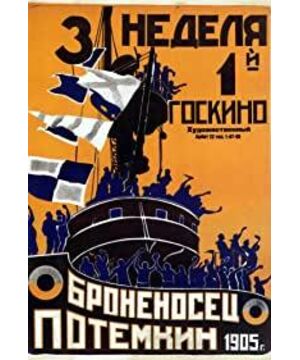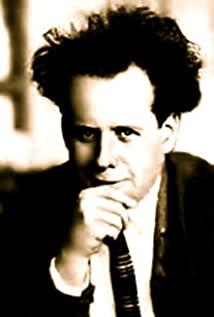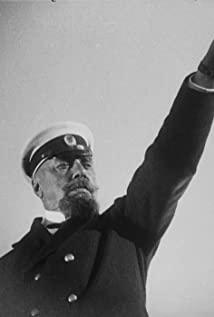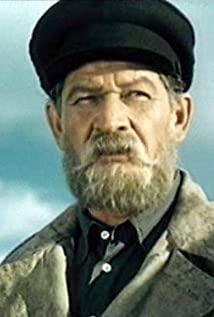1. In order to comply with popular sentiments, narrative needs and show political inclinations (a video dedicated to the 20th anniversary of the Russian Revolution in 1905), the rationality of the characters, the rationality of reality, and the grasp of narrative rhythm were ignored: on the deck, the domineering tsarist army was After hearing just two shouts of the insurgents, "My brother" and "Why shoot them?", he put down his shotgun. Then came the uprising of the sailors. The desperate uprising is nothing more than the scene that people most want to see. It conforms to the people's hearts and political inclinations. (1) But at this time, the tsar soldiers put down their shotguns after hearing the two shouts of the insurgents. Their personalities changed so quickly, they immediately put down their guns inexplicably and were arbitrarily knocked out by the insurgent sailors. weakened. (What about the character design? What about the rationality of reality?)! (2) The rapid change in character behavior also brings about an unreasonable narrative rhythm. The rhythm of the narrative is too fast. After the priest prayed, the tsarist soldiers immediately put down their guns, and the sailors immediately revolted and immediately KOed the tsarist soldiers.
2. The large panorama and wide-angle lens show magnificent pictures: (1) Several warships are displayed simultaneously in one shot; (2) The magnificent aerial view of thousands of people crossing the long bridge. (The director's excellent scene scheduling ability)
3. The whole film is divided into 5 story parts, each story part has a complete narrative (inheritance and transition); and the story of each part is related to the next story part; and each part has a The fuse that drives the narrative of the next story part, connecting similar parts (the flesh of the long maggots in the first part and the suppression of the tsarist army led to the revolt in the second part, the death of the initiator of the revolt in the second part led to the thousands of the third part. The mourning of hundreds of people and their anger and resistance to the Tsar, the third part of the people went to the battleship to visit the sailors and the people on the shore cheered the arrival of the battleship, which led to the fourth part of the massacre of the Odessa steps; the fourth part of the massacred The common people, especially the baby in the stroller can be regarded as the strongest trigger (Part 5)
4. Odessa Ladder Paragraph: (1) Highlight the weakness of the weak, strengthen the brutality of the tsar, enhance the conflict of drama, contradiction, vision, and consciousness, and arouse public anger. Disabled people who lost their legs frantically escape the killings, children shot and trampled by countless people, weak women killed, and gripping babies who have been slipping to the ground in their strollers. (2) The decomposition of the shots, the editing of counterpoints, and the creation of a sense of rhythm. The people ran, the tsar approached, the woman carried the dead child to the tsar, the tsar shot the woman, etc. The confrontation of two perspectives, the confrontation of two forces. ((1)) Promote narrative and convey emotions with visual rhythm. ((2)) The multi-angle repeated and continuous action abstracts the time of the film, and the extended time provides the possibility of containing more narratives, rendering more emotions, and providing emotional support for the subsequent strong resistance of the people. foreshadowing. (3) Narrative techniques similar to Rashomon are displayed: the stroller that slipped from the eyes of the tsarist army, the stroller that fell from the eyes of innocent people, and the stroller that fell from the perspective of God. Different perspectives represent different positions, show different narratives, and express different emotions.
5. Metaphor montage: The shots of three stone lions in different poses are connected together to form the image of "roaring stone lions", which makes the emotional appeal of the film reach a climax. First the stone lion lying down, then the stone lion with its head raised, and finally the roaring stone lion on its front feet, this metaphorical montage contains the full meaning of the people's anger at the ruthless and brutal tsarism, which has reached the point of being intolerable . However, because Eisenstein's montage theory emphasizes the word "conflict", it ignores the spatial expression within a single shot, so that they are treated as a flat, single information and mandatory connection.
6. Victory without gunpowder smoke: The "war" is omitted by editing, and the navy and the common people are reuniting with each other in different boats, cheering for victory, clever and suspenseful, and very good at mobilizing the audience's emotions (First, the sailors on the Potemkin were nervous and frightened when they saw other fleets at sea, and then they cheered with ease when they found out that they were compatriots, which successfully mobilized the audience's emotions and played with the audience's psychology)
View more about Battleship Potemkin reviews










